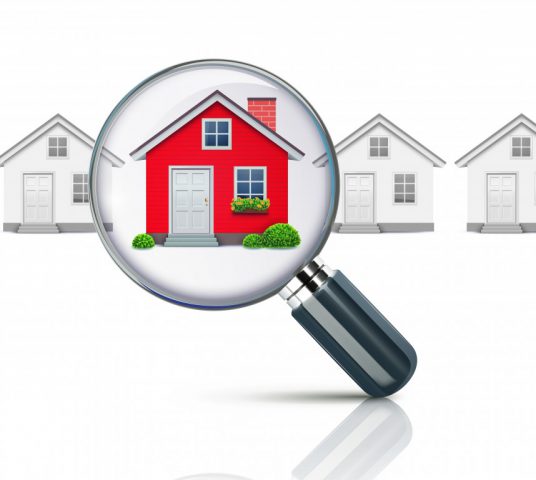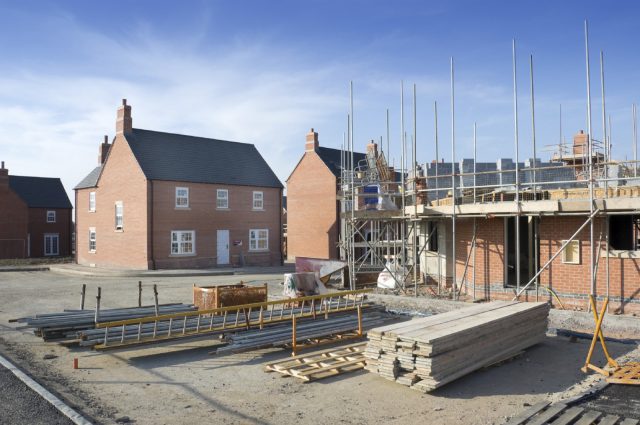Annual house prices up by 5.1%
Data from the Land Registry’s April report has indicated that property prices increased once again annually.
Rises
Figures from the report show that property prices rose by 5.1% in the year to April. This means that the average house value in England and Wales now stands at £179,817. On a monthly basis, property prices rose by a modest 0.9%.[1]
Other statistics from the investigation suggest that the total number of property transactions actually fell during the last twelve months. From November 2013 to February 2014, an average of 73,156 house sales per month were recorded. During the same months a year later, this average figure was down to 64,196.[1]
Regional variation
Regionally, London saw the largest increase in its average property value during the last year, showing a rise of 10 .9%. Yorkshire and The Humber showed the largest monthly rise to April of 2.7%.[1]
The only annual price fall was recorded in the North East, where prices dropped by 0.6% over twelve months. Wales saw the highest monthly fall of 1.1%. [1]
Jonathan Samuels, chief executive of Dragonfly Property Finance, feels that, ‘this latest Land Registry data is a continuation of a familiar narrative, namely the gap between the property markets of London and the South East, and the rest of the U.K. [1]
He continued by stating that, ‘the property market in Wales and the North East is a million miles away from the South East corner of England.’[1]
Election drop-off
‘The sharp drop in sales of £1m+ properties in February compared to the same period last year is almost certainly General Election-related,’ said Samuels, who went on to say that, ‘the higher end of the market clearly sat on its hands.’[1]
Samuels feels that, ‘The broader fall in the number of property transactions over the last year suggests a natural slowdown in the property market after a period of exuberance.
“Looking forward, activity levels are likely to pick up slightly, in particular at the higher end of the market where fears around the General Election outcome have subsided.’[1]
Mr Samuels concluded by warning that people shouldn’t expect, ‘anything dramatic.’ He believes that, ‘while interest rates and the cost of living remain low and employment levels high, there is still caution among buyers. The economy isn’t growing as much as we had hoped for either, and Eurozone worries remain in play. There is still a fair bit of uncertainty in the market.’[1]
[1] http://www.financialreporter.co.uk/finance-news/land-registry-annual-house-prices-up-51.html?utm_content=bufferb551a&utm_medium=social&utm_source=twitter.com&utm_campaign=buffer








